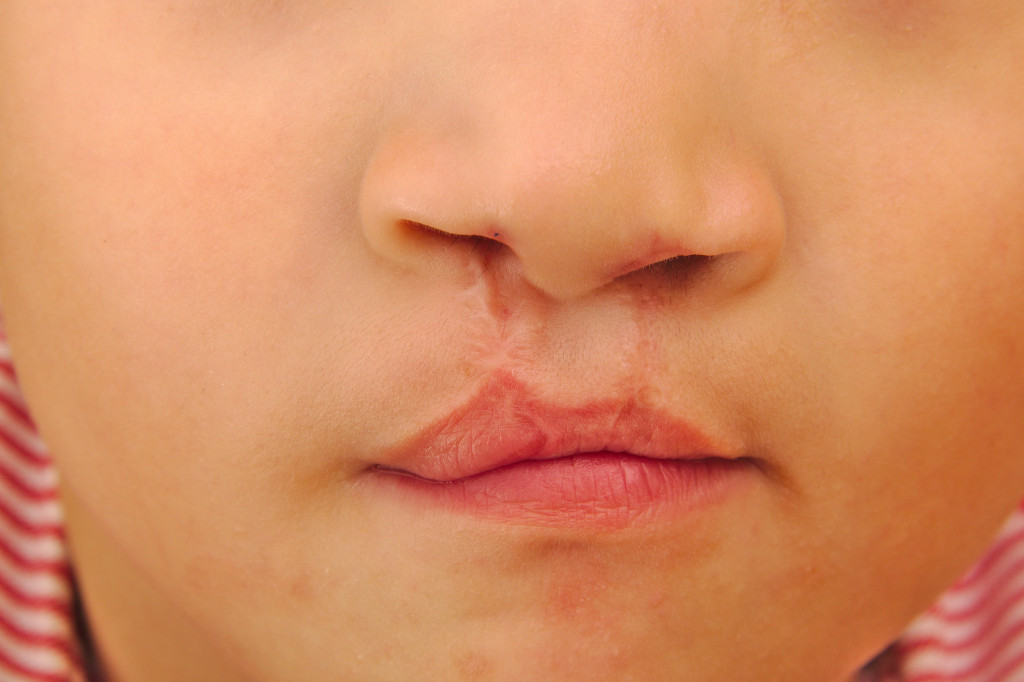Most parents might have difficulties dealing with cleft palates and lips, but you can put yourself at ease by learning about these conditions, making it beneficial to learn about these conditions. Usually, cleft lips develop during the first trimester. That’s the time when the different parts of the baby’s face start maturing. If cleft palates and cleft lips develop, your baby’s roof of the mouth or upper lip will not connect, leaving a gap.
Below is a guide that will help you learn more about these conditions.
Cleft Palates and Cleft Lips: An Overview
Both cleft palates and lips are congenital disabilities in the mouth and face that start developing at the early stage of pregnancy while the baby is still growing inside its mother. It starts developing when the tissues don’t connect properly.
- Cleft lips happen when the two sides of the upper lip separate and manifest as a wide or narrow gap or opening. That gap can include the palate or gum line.
- Cleft palates happen when the mouth’s roof separates or has a gap. That can include the soft palate (the softback area of the mouth’s roof) or the hard palate (the hard-structured front area of the mouth’s roof). You can also connect it with a cleft lip.
Both conditions can appear on one or both sides of your baby’s mouth. Because their palate and lip develop separately, they might experience a cleft palate not associated with a lip, a cleft lip not associated with a cleft palate, or both a cleft palate or a cleft lip.
How Do These Issues Start Developing?
Medical researchers haven’t made a concrete conclusion about the condition’s causes, and you can’t prevent these. Most assume that cleft palates and lips originate from a combination of environmental and genetic factors.
In fact, there’s a greater risk of your newborn experiencing a cleft palate or lip if a parent, sibling, or other relatives suffered from the same problem in the past. Both conditions can also start maturing due to the medication you might have taken during pregnancy.
That can include methotrexate (the drug used for treating psoriasis, arthritis, or cancer), acne treatment medications, and anticonvulsant or antiseizure medications.
Other factors that can stimulate the development of cleft palates and lips are:
- Substance abuse
- Smoking during pregnancy
- Vitamin deficiency
Both conditions can also result from exposure to chemicals or viruses during your pregnancy. In other cases, you can also connect both with another medical condition.
How to Detect Cleft Palates or Cleft Lips?
Both cleft palates and lips are noticeable at birth. In addition, they can appear as:
- Gaps in the mouth’s roof that doesn’t affect the face’s appearance
- Gaps in the lip appear as a small notch that stretches from the lip through the palate and upper gum into the bottom of your baby’s nose. It can also appear on the lips.
- Gaps in the mouth’s roof and lip that affects one or both sides of their face
In most less common situations, it only affects the muscles of their soft palates, which are at the back of their mouth and protected by the mouth’s lining. These cases aren’t noticeable at birth, so doctors can’t diagnose them until signs develop, including:
- Chronic ear infections
- Nasal speaking voice
- Difficulty swallowing where there’s a chance that food or liquid comes out of their nose
- Difficulty with feedings
How Are Cleft Palates/Lips Diagnosed?
Because cleft palates and lips can drastically change your baby’s appearance, doctors can quickly diagnose them. Besides, prenatal ultrasound can detect clefts on their lips, but it can only catch around 7% of isolated cleft palate in babies.
If your ultrasound doesn’t spot the gap before your baby is born, your doctor might have to assess your baby’s palate, nose, and mouth after birth. If it still poses a problem, they might have to conduct more tests to determine other abnormalities.
How Are Cleft Palates and Lips Treated?
Today, there’s an increasing number of medical and health problems connected with a cleft palate and lip, so a team of seasoned doctors and other surgeons need to work as one to find the course of action for each patient. One option is a maxillofacial surgical procedure.
Congenital disabilities can result in skull and congenital face abnormalities in children, which have health and cosmetic impacts on their life. Maxillofacial surgery can help fix any congenital disability by performing the necessary surgical procedure.
Final Thoughts
Bear in mind that treatment might require a few surgeries and take years, but if your kid has a cleft palate or lip, you don’t have to worry! Your child will achieve normal eating, speech, and appearance after the surgery.

